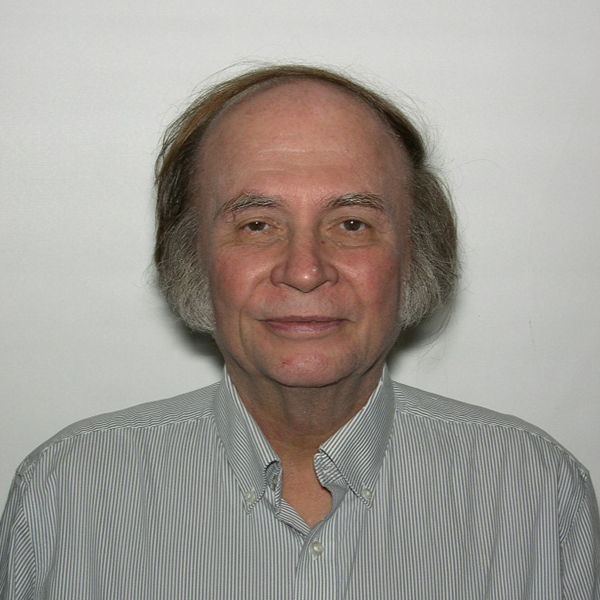MARVEL Distinguished Lecture — John Perdew
It will take place on Monday, November 15, 2021, 3 pm (CET) on Zoom:
https://epfl.zoom.us/j/63550806441
Passcode: 2517

More-predictive density functionals, symmetry breaking, and strong correlation
Approximate density functionals constructed to satisfy known mathematical properties of the exact density functional for the exchange-correlation energy of a many-electron system can be predictive over a wide range of materials and molecules. The strongly constrained and appropriately normed (SCAN) meta-generalized gradient approximation [1] satisfies 17 exact constraints, and nicely describes some systems that were formerly thought to be beyond the reach of density functional theory, such as the cuprates [2]. In some cases (e.g., barrier heights to chemical reactions and hydrogen bonds in water [3]), SCAN is dramatically more accurate when evaluated on the Hartree-Fock density than it is on its own self-consistent and more delocalizing density. Ground states that break the symmetry of a Coulomb-interacting Hamiltonian can be understood as dynamic density or spin-density fluctuations that drop to low or zero frequency [4,5] and so persist over long times. In many cases, symmetry breaking transforms the strong correlation in a symmetry-unbroken wavefunction into moderate correlation like that found in the uniform electron gas of high or valence-electron density (an “appropriate norm” for constraint-based approximations).
Supported by NSF DMR-1939528.
[1] J. Sun, A. Ruzsinszky, and J.P. Perdew, Phys. Rev. Lett. 115, 036402 (2015)
[2] J.W. Furness, Y. Zhang, C. Lane, I.G. Buda, B. Barbiellini, R.S. Markiewicz, A. Bansil, and J. Sun, Commun. Phys. 1, 11 (2018)
[3] S. Dasgupta, E. Lambros, J.P. Perdew, and F. Paesani, Nature Commun. accepted
[4] P.W. Anderson, Science 177, 393 (1972)
[5] J.P. Perdew, A. Ruzsinszky, J. Sun, N.K. Nepal, and A.D. Kaplan, Proc. Nat. Acad. Sci. USA 118, e2017850118 (2021)
About the speaker
John Perdew’s research in the Hohenberg-Kohn-Sham density-functional theory of electronic structure has helped to establish this theory as the most widely-used method to predict the properties of atoms, molecules, and solids from the principles of quantum mechanics. A density functional is a formula that expresses the energy of a many-electron system in terms of its electron density, facilitating the easy computer calculation of both. Perdew and his collaborators have discovered some unexpected properties of the exact density functional, including its derivative discontinuity and scaling properties, and more recently a strongly-tightened lower bound on the exchange energy. They have also constructed a ladder of nonempirical approximations to the exact functional, on which higher rungs are more complex and more accurate. In essence, they have been making educated guesses at the rule for “nature’s glue” that binds electrons into atoms and atoms into molecules and solids. They seek functionals that are rooted in physical principles and work reliably for atoms, molecules, solids, surfaces, and molecules on surfaces. Their functionals are built into standard computer codes, and are widely used by both physicists and chemists. Current research includes the development of better meta-generalized gradient approximations from a dimensionless ingredient that can recognize and assign appropriate descriptions to covalent, metallic, and weak bonds.
John Perdew earned his PhD from Cornell University. After postdoctoral fellowships at the Universities of Toronto and Rutgers, he was appointed faculty as the department of physics of Tulane University. Since 2013 he has been a professor at the department of physics of Temple University in Philadelphia.
Did you miss previous MARVEL Distinguished Lectures? You can watch them on the Materials Cloud dedicated page.
Low-volume newsletters, targeted to the scientific and industrial communities.
Subscribe to our newsletter